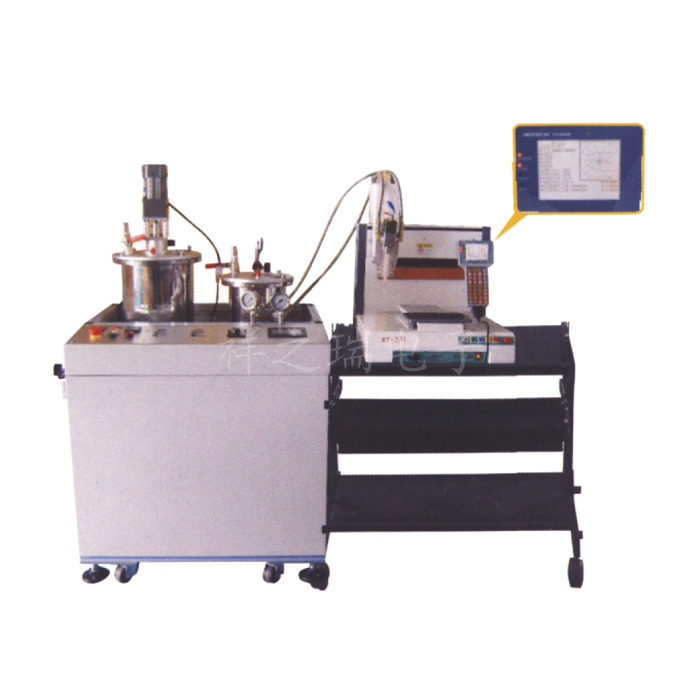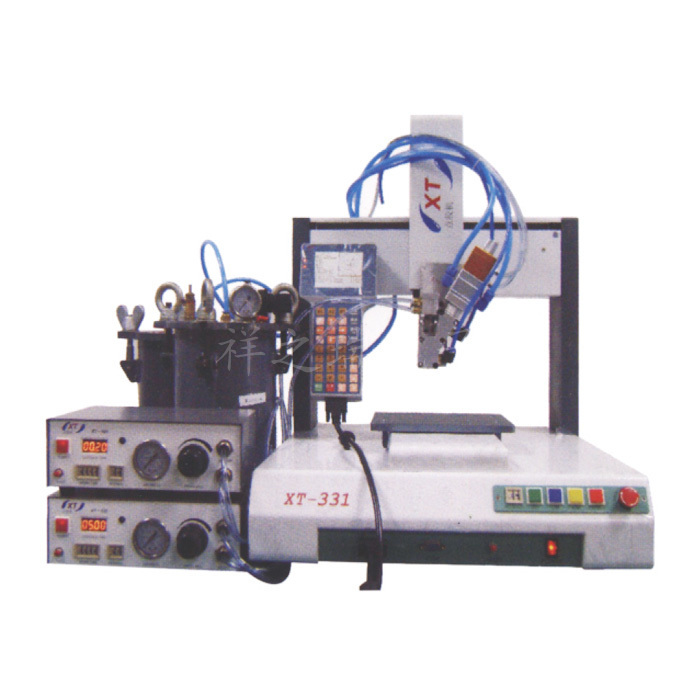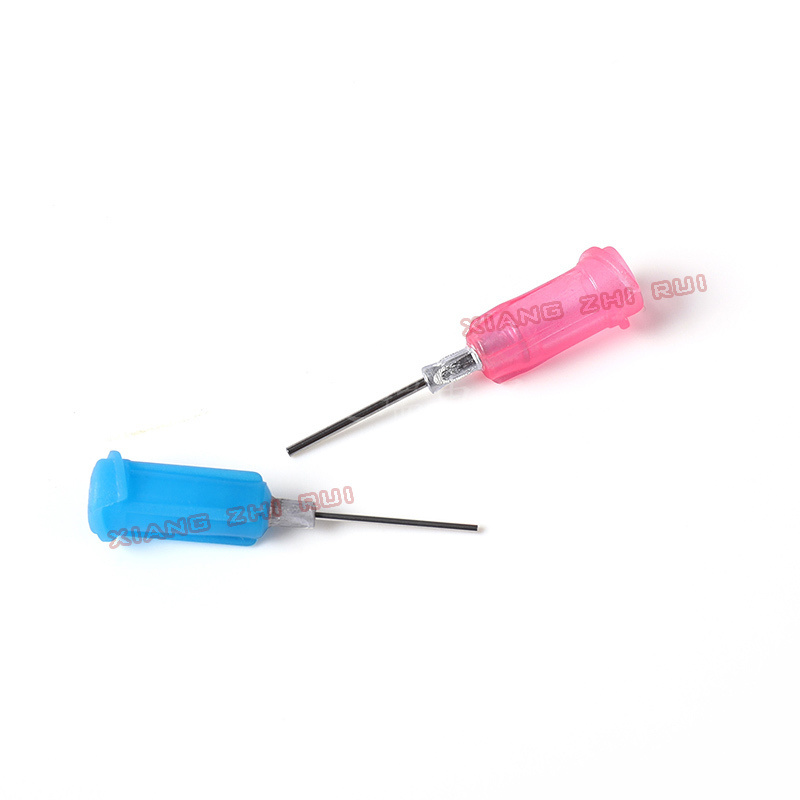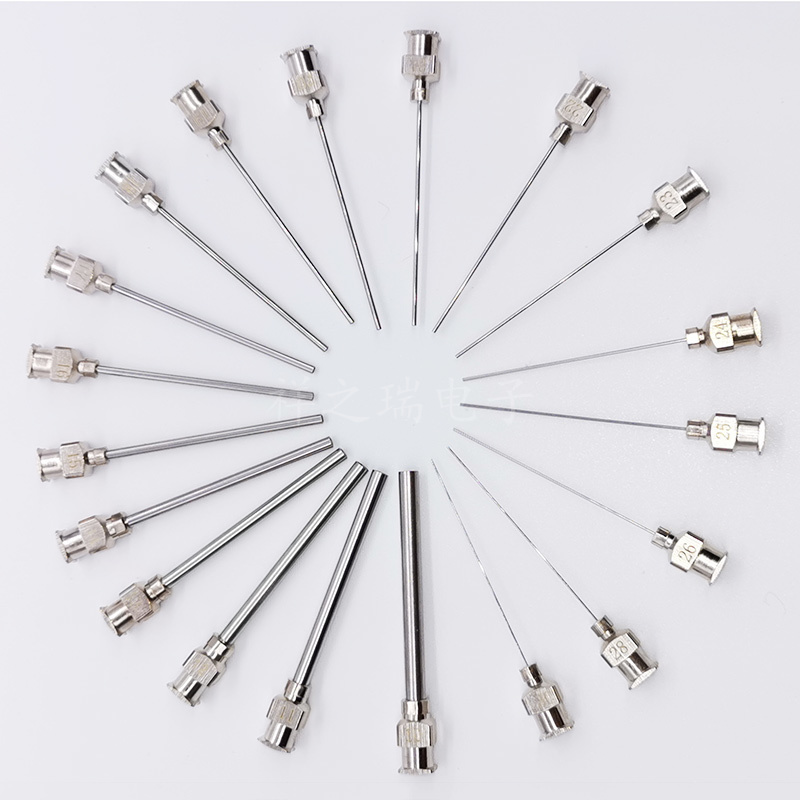Information Details
Explore the various glues needed for PCB circuits
Release time:
2024-04-25 14:56
In today's fast-growing electronics industry, printed circuit boards (PCBs) are an indispensable core component of all electronic devices. They act as physical supports for electronic components and provide conductive paths connecting these components. In order to ensure the long-term performance and reliability of the PCB, choosing the right type of glue is essential for bonding different components. This article will explore the various types of glue used in PCB circuits and their application scenarios to help engineers and manufacturers make informed choices.
First, we must recognize that the environment in which PCBs operate is often challenging, including thermal stress, chemical corrosion, and mechanical loading. Therefore, the ideal glue needs to have certain characteristics: good electrical insulation, high bond strength, temperature resistance, chemical resistance and the ability to adapt to different curing environments.
1. Epoxy resin adhesive
Epoxy glue is one of the most commonly used adhesives in PCB assembly. It provides strong adhesion and is suitable for a variety of materials, such as metals, glass, ceramics and plastics. Epoxy resin glue forms a hard and strong structure after curing, with good temperature resistance and chemical resistance. In addition, it also has excellent electrical insulation properties, making it an ideal choice for connecting electronic components. However, one disadvantage of epoxy adhesives is that volatile by-products may be generated during the curing process, which requires proper ventilation during application.
2. Polyurethane adhesive
Polyurethane adhesives are known for their excellent flexibility and impact resistance, and they also have a place in PCB applications. They maintain their physical properties over a wide temperature range and are highly resistant to moisture and chemicals. Polyurethane adhesives are particularly suitable for applications that may be subject to vibration or shock because they can absorb stress without cracking or falling off.
3. Silicone rubber
Silicone rubber, especially the RTV (room temperature vulcanization) type, is favored in the electronics industry due to its unique temperature resistance and flexibility characteristics. RTV silicone rubber cures at room temperature without heating or special curing equipment, making it ideal for field applications. In addition, they show excellent stability to environmental factors such as temperature fluctuations and humidity changes, and have good electrical insulation.
4. Conductive adhesive
In some cases, such as when a cable needs to be connected to a PCB, conductive glue may be used. The conductive paste typically contains metal particles, such as silver or copper, to provide a conductive path. They can not only fix the components, but also ensure a good electrical connection. This type of glue is particularly useful for creating electromagnetic interference (EMI) shielding or grounding paths.
5. Acrylic glue
Acrylic glue is popular for its fast curing and high strength bonding. They are suitable for PCB assembly on high-speed production lines because products can be handled and moved quickly without delaying the production cycle. In addition, acrylic glue also shows good anti-aging and anti-ultraviolet ability, suitable for outdoor use of electronic equipment.
6. UV curing adhesive
UV curing glue is a kind of glue that is rapidly cured by ultraviolet light irradiation. This type of glue is very suitable for automated processes because it can be cured in a few seconds, which greatly improves production efficiency. UV curing adhesives are suitable for precision applications, such as fixing small or sensitive electronic components.
Next Page
Next Page
Latest developments






